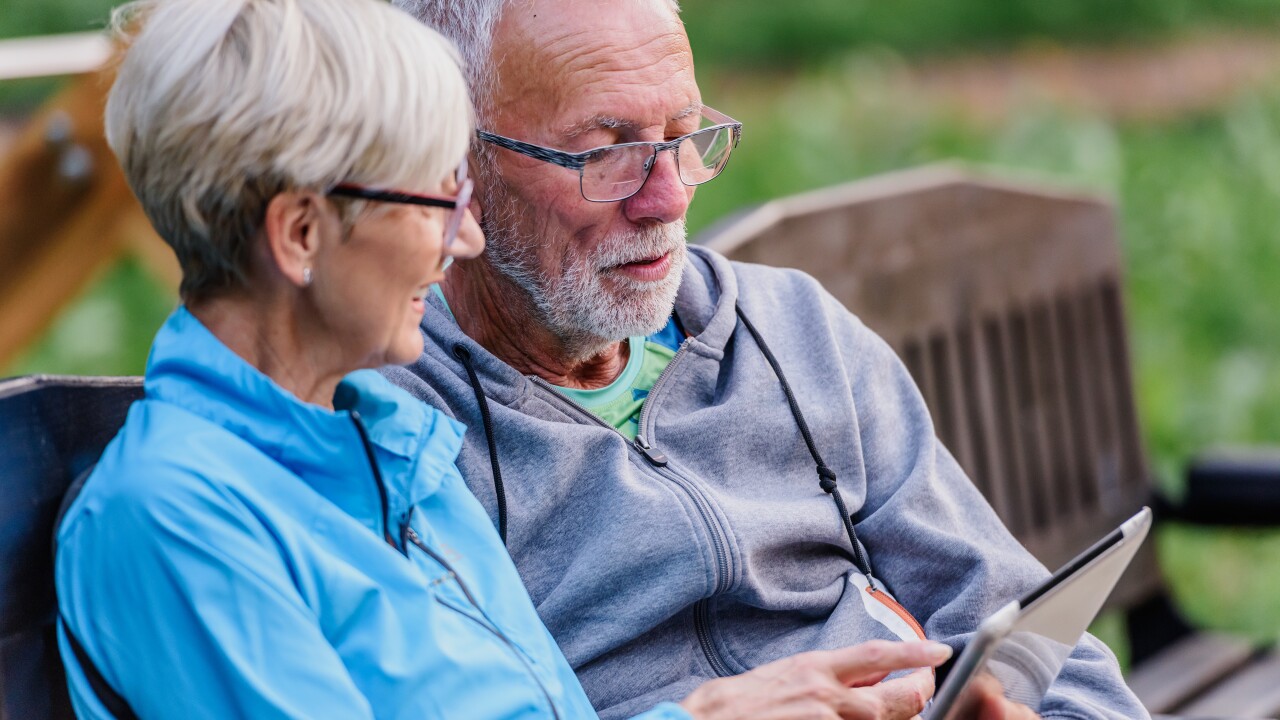Service dogs can play a critical role in the recovery and
Since 2001, the PenFed Credit Union has worked to
"[McCarren] brought a service dog to PenFed and it just built from there," says James Schenck, Army veteran and PenFed's CEO. "It totally changes the atmosphere in the workplace in a positive way — the energy and camaraderie that develops around a service dog is unbelievable. It has made such a difference in the lives of our employees, but more importantly, the lives of the future recipients. I've seen firsthand the service members they've gone to and the end impact, which has been life-changing."

Read more:
In January, PenFed Foundation partnered with nonprofit Canine Companions for Independence — the nation's leading service dog organization — as a way to increase puppy-raising awareness and participation among those outside the organization, too. Once a volunteer is approved, they'll have their dog from the age of eight weeks until 18 months, when it returns to Canine Companions for more specific training.
While the dog is with them, handlers take them everywhere and are responsible for providing socialization and proper nutrition and attending obedience classes. Perhaps less challenging: Giving the pups lots of affection. At PenFed, all employees are involved in the process in some way; employees vote on names for the service dogs, while videos of dogs in the office are part of the company's social media pages. Coworkers can also share responsibilities like playing with the dogs or taking them for walks.
"Part of the relationship we have with our employees, and certainly the employee that is volunteering their life to train and raise this animal, is supporting them and the commitment they're making," says Nesa Helm, VP of human resources business partners at PenFed. "This is part of the DNA of our service culture, and employees respect that."
Read more:

Canine Companions has placed more than 8,000 service dogs with people with disabilities since 1975. Trained to perform up to 50 tasks, the dogs placed with veterans can help reduce PTSD symptoms and improve mental health. Dogs are also able to retrieve items, turn lights on and off and many other things that are challenging or impossible due to a disability. As of 2022, there were nearly five million disabled veterans in the U.S., according to the Bureau of Labor and Statistics.
Maverick, the service dog who inspired PenFed's program, was trained to wake someone suffering from a nightmare by pulling off bed coverings, turning on lights, and laying down on top of the person to apply calming pressure.
"Seeing [these dogs] learn all these amazing attributes and what they're going to become for a disabled vet ties it to our mission," says Helm. "You know that they are going to change the quality of life for somebody who has made sacrifices for our country, and that connection to our culture is a very strong one."
Read more:
Assistance Dogs International reports that a high demand for service dogs, coupled with the lack of volunteers to help raise them, means people in need may have to wait up to two years before they are matched. PenFed hopes that through their advocacy for service dog puppy raisers, more organizations will get involved and help balance the numbers of dogs needed. All leaders have to do is be open to having the dogs in the workplace, Schenck says.
"How do you ever do enough for the men and women who volunteered and got injured in support of our nation?" he says. "A service dog is a living manifestation of service, and there's no better way to internalize and teach service than to show it firsthand. These types of programs are a way to say thank you. It doesn't take a lot to do this, but it can have a huge scalable impact."






